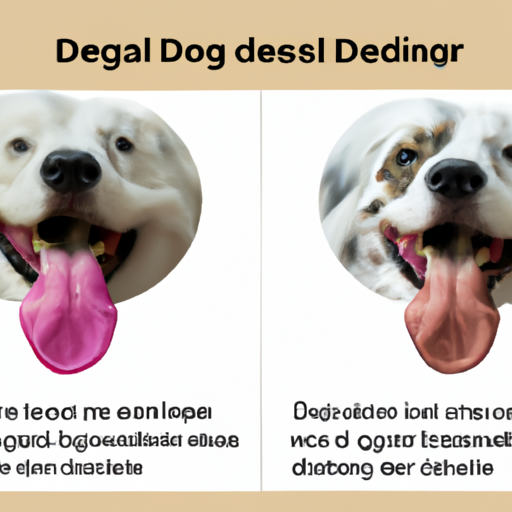It’s a common belief among many dog owners that a dog’s tongue is exceptionally clean. This belief often comes from the natural behavior of dogs licking their wounds, which seems to promote faster healing. But is this belief founded on fact or fiction? This article will uncover the truth about how clean a dog’s tongue really is.
Key Takeaways:
- Dogs’ tongues are not cleaner than humans’.
- A dog’s mouth is full of bacteria, some of which can be harmful to humans.
- Regular dental care is essential for your dog’s oral health.
- Always wash your hands after being licked by a dog.
Table of Contents:
- The Myth of the Clean Dog Tongue
- Types of Bacteria in a Dog’s Mouth
- The Dangers of Dog Licks
- Maintaining Your Dog’s Oral Health
- Frequently Asked Questions
The Myth of the Clean Dog Tongue
The widespread belief that a dog’s tongue is clean and can even be antiseptic is a myth. The reality is that a dog’s mouth, like any other mouth, including humans, is home to hundreds of different bacteria. This article explains more about the types of bacteria that can be found in a dog’s mouth.
Dogs are known for their love of exploring the world around them, often using their mouths as much as their noses. They lick, chew, and taste everything they can, which exposes their mouths to a myriad of bacteria. Therefore, their tongues are not ‘clean’ in the way we might think.
Types of Bacteria in a Dog’s Mouth
While the specific types of bacteria present in a dog’s mouth can vary depending on various factors, such as diet and dental hygiene, there are several common bacteria that can usually be found. These include Pasturella, Streptococcus, Proteus, and Escherichia Coli among others.
Many of these bacteria are harmless, and some can even be beneficial to the dog’s health. However, some strains can potentially be harmful, especially if they are transferred to humans or other animals.
The Dangers of Dog Licks
While it’s usually harmless to let your dog give you a friendly lick, there are some potential risks to be aware of. Dog’s saliva can contain harmful bacteria and parasites that can be transferred to humans. These include Campylobacter, Salmonella, and Giardia.
In addition to potential bacteria and parasites, dogs’ mouths can also contain remnants of anything they have recently eaten or chewed. This might include rotting food, feces, or other unsanitary substances. You can find more about these potential dangers on this page.
Maintaining Your Dog’s Oral Health
Just like humans, dogs need regular dental care to maintain a healthy mouth. This includes regular brushing of their teeth and gums. This article from One Top Dog provides some great advice on how to take care of your dog’s teeth.
In addition to brushing, providing your dog with dental chews can also help keep their teeth clean and healthy. These can be found in most pet stores or online.
Frequently Asked Questions
Is a Dog’s Mouth Cleaner than a Human’s?
No, a dog’s mouth is not cleaner than a human’s. Both contain a similar amount of bacteria, although the types of bacteria present can vary.
Can I Get Sick from My Dog Licking Me?
While it’s unlikely, there is a small risk that a dog’s lick can transfer harmful bacteria or parasites. It’s always a good idea to wash your hands after being licked by a dog.
How Can I Keep My Dog’s Mouth Clean?
Regular brushing of your dog’s teeth and gums can help keep their mouth clean. Dental chews can also assist in maintaining oral health.
In conclusion, while a dog’s tongue is not ‘clean’, that doesn’t mean it’s harmful either. As always, good hygiene practices like washing your hands and regular dental care for your dog are key. This post has more tips on maintaining your dog’s overall hygiene.



